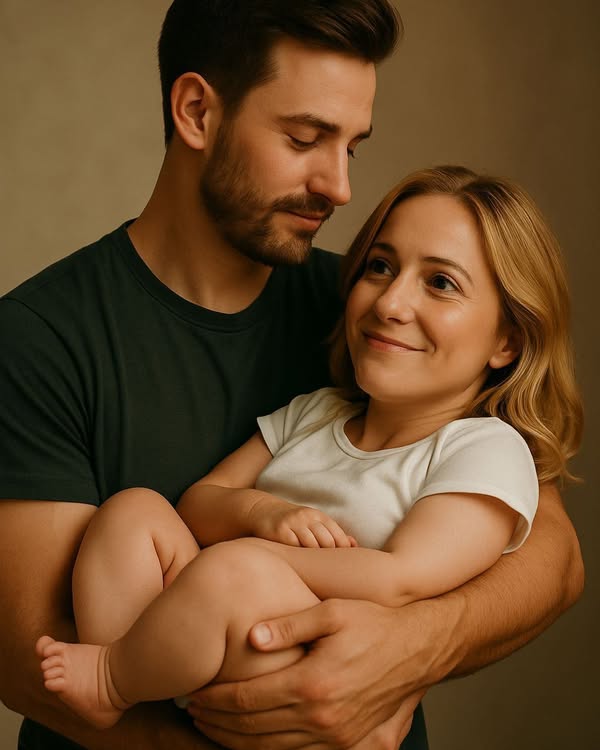Tactical Thoughts
The military doesn't have a corner on the market when it comes to shooting.
Police don't have a corner on the market when it comes to shooting.
Many people think these entities are where you find expertise in firearms. Although the military and LEO teach shooting to their members, and often introduce a lot of people to guns, neither are a guarantee of good shooting. The best expertise is often found in the civilian world.
Credentials do not make a good shooter or a good instructor. Neither does combat experience, 20 years as a patrol cop, or victories in gun shooting contests.
And just like the military and police do not own the corner on shooting, they also do not have the corner on tactics.
If you find yourself in a situation where a former military guy is in charge, and he wants to storm into a room, remove yourself from the situation. Just because it worked once doesn't mean it is the best way to do things. Shoot the threat first, then move into the room.
You don't need to know 15 patrol formations and types. 2 or 3 will work for 99% of things people will ever do in a non-military environment.
Move, then shoot. Shooting on the move slows you down (making you an easier target) if you want to be accurate enough to hit; or is woefully inaccurate if you are moving fast enough to be a difficult target.
If you do not shoot and maneuver, you will be maneuvered upon and shot.
Always move cover to cover.
Always threat scan.
If there is a lull, and if your Battle Buddy can cover you, perform a tactical reload. Cover your battle buddy while he does the tactical reload.
A Rifleman knows his rifle, his zero, his ammunition, and his holdovers.
Standing, kneeling, and hasty prone are the most commonly used positions in a gunfight. Get good at them.
Police don't have a corner on the market when it comes to shooting.
Many people think these entities are where you find expertise in firearms. Although the military and LEO teach shooting to their members, and often introduce a lot of people to guns, neither are a guarantee of good shooting. The best expertise is often found in the civilian world.
Credentials do not make a good shooter or a good instructor. Neither does combat experience, 20 years as a patrol cop, or victories in gun shooting contests.
And just like the military and police do not own the corner on shooting, they also do not have the corner on tactics.
If you find yourself in a situation where a former military guy is in charge, and he wants to storm into a room, remove yourself from the situation. Just because it worked once doesn't mean it is the best way to do things. Shoot the threat first, then move into the room.
You don't need to know 15 patrol formations and types. 2 or 3 will work for 99% of things people will ever do in a non-military environment.
Move, then shoot. Shooting on the move slows you down (making you an easier target) if you want to be accurate enough to hit; or is woefully inaccurate if you are moving fast enough to be a difficult target.
If you do not shoot and maneuver, you will be maneuvered upon and shot.
Always move cover to cover.
Always threat scan.
If there is a lull, and if your Battle Buddy can cover you, perform a tactical reload. Cover your battle buddy while he does the tactical reload.
A Rifleman knows his rifle, his zero, his ammunition, and his holdovers.
Standing, kneeling, and hasty prone are the most commonly used positions in a gunfight. Get good at them.


Two points.
ReplyDeleteFirst, I have read that there is something in law enforcement called the 90-7-3 Rule. It goes like this:
90% of LEO have one firearm, their duty weapon. They only carry it because they are required to for the job, and "qualify" with it once per year.
7% of LEO have other firearms. They may hunt or otherwise shoot recreationally and occasionally go to the range to practice.
3% of LEO are truly proficient with firearms, train regularly, and are most likely qualified instructors.
Second, I was at my club range once where a CT State Trooper was there as a guest of a member. He was shooting his duty weapon at 6" steel plates set at 10 yards. Out of a full magazine, he hit one plate. When he was empty, he starts examining his weapon, the magazine, and his ammo looking quite disgusted. I asked if I could take a turn to which he gladly stepped aside. With my Glock 21 and 14 rounds of copper plated flat point target ammo, I put 14/14 on all five plates, moving back and forth. When I was done I thanked him and went back to my lane.
State police are supposed to be a cut above the local police forces here in Kommiecticut. With his duty weapon this particular trooper could not hit a large target at 10 yards? No wonder every time there is a police justified shooting, the round count is so high with these guys emptying magazines, and the subject only wounded instead of dead.
I like that "90-7-3" Rule. In my observations, it has been 90-9.7-0.3 though. Your point still stands. On those situations where the person has few or no hits, I like to use their firearm. When I shoot well, you know it's the shooter. If I do not hit the target, you know it is the gun or ammo.
Delete